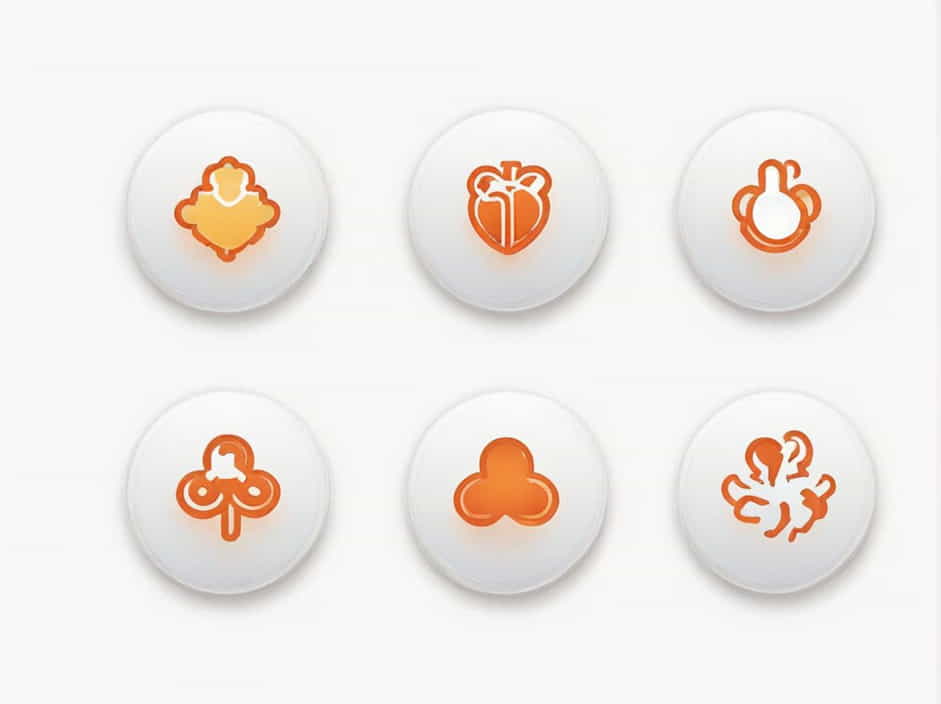The bronchi are a crucial part of the respiratory system, playing a key role in delivering air to the lungs. These tube-like structures ensure that oxygen reaches the lungs while also filtering out harmful ptopics.
Understanding the function of the bronchi helps us appreciate how our breathing process works and why keeping our respiratory system healthy is important.
1. What Are the Bronchi?
A. Definition of Bronchi
The bronchi (singular: bronchus) are two large airways that branch off from the trachea (windpipe) and lead into the lungs. They are responsible for delivering air to the lungs, where oxygen is exchanged for carbon dioxide.
B. Structure of the Bronchi
The bronchi are divided into two main branches:
- Right bronchus – Leads to the right lung.
- Left bronchus – Leads to the left lung.
Each bronchus further divides into smaller tubes called bronchioles, which continue to branch until they reach the alveoli (tiny air sacs where gas exchange occurs).
C. Composition of the Bronchi
The bronchi have three main layers:
- Mucosa (inner layer) – Produces mucus to trap dust, bacteria, and other ptopics.
- Smooth muscle (middle layer) – Allows the bronchi to expand and contract.
- Cartilage (outer layer) – Provides support and keeps the airways open.
2. Primary Functions of the Bronchi
A. Air Conduction
The main function of the bronchi is to transport air from the trachea to the lungs. They act as a highway for oxygen, ensuring that fresh air reaches the lungs and carbon dioxide is expelled.
B. Filtering and Cleaning the Air
Before air reaches the lungs, it passes through the bronchi, which contain mucus and tiny hair-like structures called cilia. These structures:
- Trap dust, bacteria, and pollutants to prevent infection.
- Push trapped ptopics back toward the throat, where they can be coughed out or swallowed.
This process keeps the lungs clean and healthy.
C. Moisturizing and Warming the Air
The bronchi also humidify and warm the air before it reaches the lungs. This is important because:
- Cold, dry air can irritate the lungs, leading to discomfort and breathing problems.
- Moist air helps maintain lung function and prevents irritation.
D. Supporting Gas Exchange
Although gas exchange occurs in the alveoli, the bronchi ensure that oxygen reaches the alveoli efficiently while also carrying carbon dioxide out of the lungs.
3. How the Bronchi Work with Other Parts of the Respiratory System
A. The Trachea and Bronchi Connection
The bronchi are directly connected to the trachea, which serves as the main passage for air. When we inhale, air travels through the trachea and then splits into the right and left bronchi, entering each lung.
B. The Role of Bronchioles and Alveoli
Once air enters the bronchi, it continues to travel through smaller airways called bronchioles. These bronchioles lead to tiny air sacs known as alveoli, where oxygen enters the bloodstream and carbon dioxide is removed.
C. Interaction with the Nervous System
The bronchi are controlled by the autonomic nervous system, which regulates:
- Bronchodilation (widening of the airways) – Happens when we need more oxygen, such as during exercise.
- Bronchoconstriction (narrowing of the airways) – Can occur due to allergens, infections, or asthma.
4. Common Bronchial Disorders
A. Bronchitis
Bronchitis is the inflammation of the bronchi, leading to coughing, mucus production, and difficulty breathing. It can be:
- Acute bronchitis – Usually caused by infections (viruses or bacteria).
- Chronic bronchitis – A long-term condition often linked to smoking or pollution.
B. Asthma
Asthma is a condition where the bronchi become inflamed and constricted, making it hard to breathe. Symptoms include:
- Shortness of breath
- Wheezing
- Chest tightness
C. Chronic Obstructive Pulmonary Disease (COPD)
COPD is a disease that reduces airflow in the bronchi due to damage caused by smoking or long-term exposure to pollutants. It leads to difficulty breathing and persistent cough.
D. Bronchiectasis
This condition causes the bronchi to widen permanently, leading to mucus buildup and frequent lung infections. It is often caused by repeated infections or genetic conditions.
5. How to Keep Your Bronchi Healthy
A. Avoid Smoking and Pollution
- Smoking damages the bronchi and lungs, leading to diseases like chronic bronchitis and COPD.
- Air pollution can irritate the bronchi, so try to avoid polluted environments.
B. Maintain Good Respiratory Hygiene
- Wash your hands regularly to prevent infections that can affect the bronchi.
- Avoid close contact with people who have colds or respiratory infections.
C. Stay Hydrated
Drinking enough water helps keep mucus thin and easy to clear from the bronchi.
D. Exercise Regularly
Cardiovascular exercise helps keep the lungs and bronchi strong, improving breathing efficiency.
E. Manage Allergies and Asthma
- Avoid allergens that trigger bronchial constriction.
- Use inhalers and medications if prescribed by a doctor.
6. The Importance of the Bronchi in the Respiratory System
The bronchi play a vital role in ensuring that oxygen reaches the lungs while keeping harmful ptopics out. Without them, the respiratory system would not function properly, leading to serious health issues.
By understanding their function and taking steps to protect them, we can maintain healthy breathing and overall well-being.
The bronchi are essential for breathing, acting as the main passageways for air entering the lungs. They:
- Transport air from the trachea to the lungs.
- Filter and clean the air to protect the lungs.
- Moisturize and warm the air for comfortable breathing.
- Support gas exchange by delivering oxygen and removing carbon dioxide.
Keeping the bronchi healthy is crucial for maintaining lung function and overall respiratory health. By avoiding smoking, staying hydrated, and practicing good hygiene, we can ensure that our lungs and bronchi work efficiently for a lifetime.
